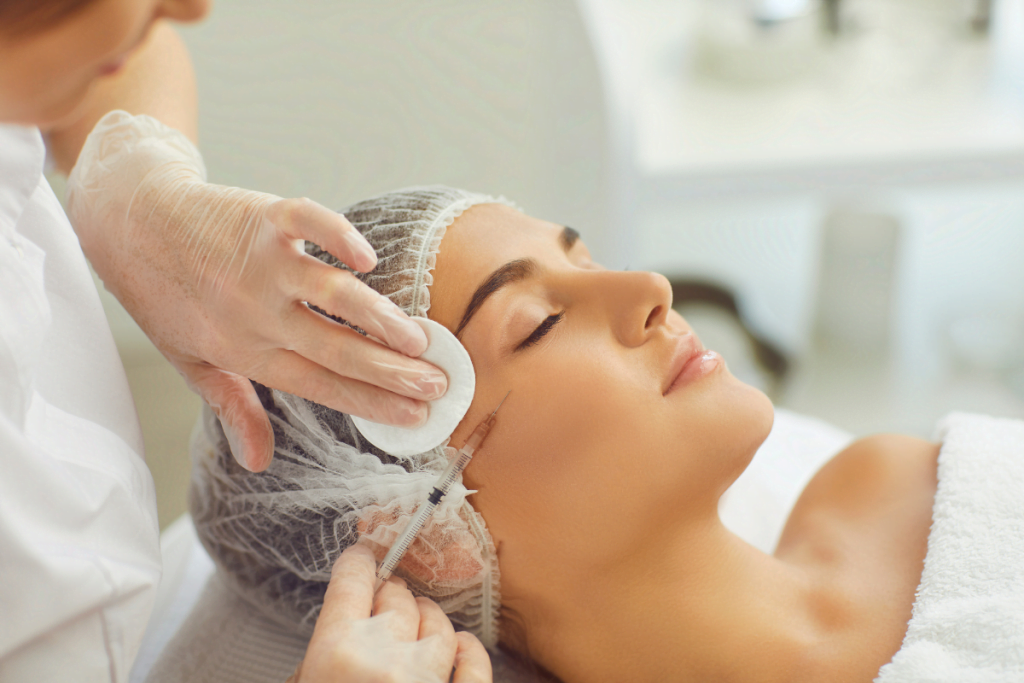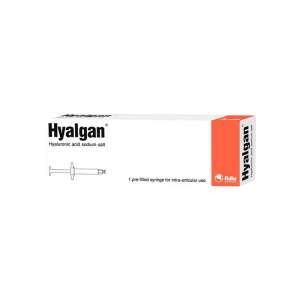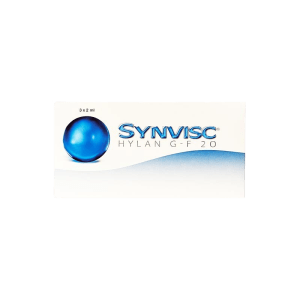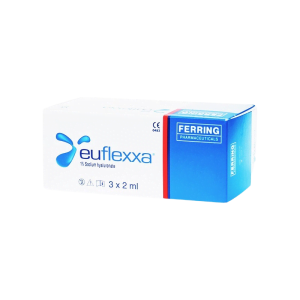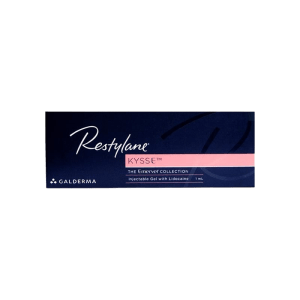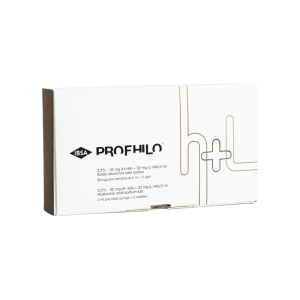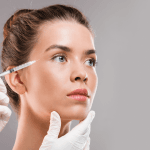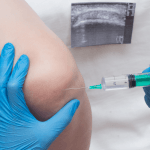Before undergoing any medical procedure, it’s natural for patients to have questions and concerns. When it comes to Botox treatment, a popular cosmetic procedure aimed at reducing wrinkles and fine lines, patients often seek clarity on various aspects before deciding to proceed.
Questions to Ask Before Starting Botox Treatment
This article addresses 20 frequently asked questions about medical Botox injections, providing insights into the procedure, its advantages, potential risks, and what to expect during and after treatment. The following questions will enhance your understanding and knowledge of what patients prioritize when considering Botox treatments, assisting you in better meeting their aesthetic goals.
1. What is Botox used for?
Botox is primarily used for minimizing visible wrinkles and fine lines through the temporary relaxation of facial muscles. It’s commonly used in areas such as the forehead, around the eyes (crow’s feet), and between the eyebrows (glabellar lines).
2. What is getting Botox like for patients?
Getting Botox involves a series of injections administered by a qualified healthcare professional. The process is relatively quick, often taking just a few minutes per session. Most patients describe the sensation as minor discomfort, often tolerable.
3. Do the injections hurt?
While everyone’s pain tolerance varies, many patients report minimal discomfort during Botox injections. As a practitioner, you can use ice or numbing cream beforehand to help lessen any discomfort.
4. How long does it take for Botox to work?
The effects of Botox typically start becoming noticeable within a few days to a week after treatment. However, full results and outcomes may take up to two weeks to appear.
5. How long does Botox last?
The duration of Botox results can vary from person to person but generally lasts around 3-4 months. Factors such as metabolism, muscle strength, and the amount of Botox used can influence how long the effects last.
6. If patients are getting Botox for a special event, should they book a treatment?
If patients are planning to get Botox for a special event, it’s advisable to schedule their treatment at least two weeks before the occasion. This allows ample time for the effects to set in fully and any potential side effects to subside.
7. Is there downtime after receiving Botox injections?
After receiving Botox injections, there is typically minimal to no downtime. After treatment, patients can resume their regular activities without delay. However, advise patients to avoid strenuous exercise, excessive sun exposure, and lying down for several hours to optimize results and lessen the risk of complications.
8. What is the best age for Botox treatments?
Deciding when to start Botox treatment varies from person to person and depends on factors like skin condition and individual preferences. Some individuals may opt to begin treatment in their late twenties or early thirties as a preventive measure against wrinkles, while others may choose to wait until they notice more pronounced signs of aging.
-
 Orthovisc® (English)$51.03 – $57.99
Orthovisc® (English)$51.03 – $57.99 -
 Hyalgan®(English)$44.87 – $50.99
Hyalgan®(English)$44.87 – $50.99 -
 Synvisc® Classic$305.35 – $346.99
Synvisc® Classic$305.35 – $346.99 -
 Euflexxa (English)$168.07 – $190.99
Euflexxa (English)$168.07 – $190.99 -
 Xeomin®$227.91 – $414.99
Xeomin®$227.91 – $414.99 -
 DYSPORT®$311.51 – $922.99
DYSPORT®$311.51 – $922.99 -
 Restylane® Kysse w/ Lidocaine$154.87 – $175.99
Restylane® Kysse w/ Lidocaine$154.87 – $175.99 -
 Durolane (English)$223.51 – $253.99
Durolane (English)$223.51 – $253.99 -
 Profhilo® H+L$206.79 – $234.99
Profhilo® H+L$206.79 – $234.99
9. How often do people get Botox?
The frequency of Botox treatments varies depending on individual factors like metabolism and muscle activity. Generally, treatments are recommended every 3-4 months to maintain optimal results. This schedule aligns with the common inquiry of how often to get Botox injections for individuals seeking to sustain their desired aesthetic appearance.
10. Who is eligible for Botox? Is it exclusively reserved for celebrities and older individuals?
Botox is not limited to celebrities or older individuals. It can be suitable for anyone looking to reduce visible wrinkles and fine lines, regardless of age or occupation.
11. Is it possible to combine Botox with other treatments?
Yes, it is possible to combine Botox with other treatments, including dermal fillers or skin resurfacing procedures, for enhanced results. As a practitioner, you can discuss personalized treatment plans based on your specific aesthetic goals.
12. Who can give Botox injections?
Botox injections must only be administered by qualified healthcare professionals, including doctors, nurse practitioners, or physician assistants, who have received proper training and certification in cosmetic procedures.
13. Are there any medical side effects?
While rare, potential medical side effects of Botox may include temporary muscle weakness, drooping eyelids, or difficulty swallowing or breathing. It’s crucial to discuss these concerns with your patients before undergoing treatment.
14. Does Botox have unwanted cosmetic side effects?
Cosmetic side effects of Botox are generally mild and temporary, such as bruising, redness, or swelling at the injection site. These typically resolve within a few days.
15. Are there alternatives to Botox?
As a practitioner, it’s essential to be prepared to address patients’ questions about Botox and its alternatives. Dermal fillers, laser therapy, and microdermabrasion are viable options, each addressing different aspects of aging skin.
16. How does Botox differ from dermal fillers?
Botox and dermal fillers are both famous cosmetic treatments, but they work differently. Botox temporarily relaxes facial muscles to reduce wrinkles. Meanwhile, dermal fillers add volume to areas with lost volume or deep lines.
17. Can Botox be utilized to lessen visible bunny lines?
Yes, Botox can be used to lessen the appearance of bunny lines, which are diagonal lines that form on the sides of the nose when smiling or scrunching the nose. These lines can become more pronounced over time due to repetitive muscle movements.
18. How much is Botox?
The cost of Botox can vary depending on factors such as the geographic location, the provider’s experience, and the number of units required. On average, Botox treatments range from a few hundred to several hundred dollars per session.
19. How many units of Botox for the forehead are needed?
The quantity of Botox units required for the forehead may vary based on factors like muscle strength and the extent of wrinkles. On average, most patients require 10-25 units for the forehead area.
20. Can Botox treat conditions other than wrinkles?
While Botox is most commonly known for its cosmetic applications, it is also used to treat various medical conditions. These include chronic migraines, excessive sweating (hyperhidrosis), muscle spasms, overactive bladder, and even certain neurological disorders such as cervical dystonia and blepharospasm (eyelid spasms).
Knowing the answers to common Botox questions helps patients feel more confident about their treatment choices. By understanding the procedure and its effects, patients can make informed and smart decisions that suit their preferences and needs. Providing patients with a clear understanding of how Botox works and the process involved in administering it can alleviate any concerns they may have.
